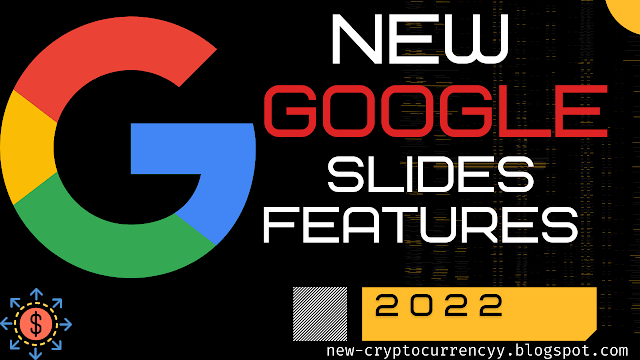In the Gregorian calendar month of 2017, Google updated its G Suite apps. The linguistic communication process in Google Cloud Search makes it less complicated to search out information across Mail, Drive, Docs, Sheets, Slides, Calendar, Groups, and Sites (for G Suite Business and Enterprise accounts). Support for iFrames within the new Google Sites permits users to insert a lot of content from the Internet. Management of files on iOS has improved because the Google Drive app currently works with Apple’s Files app on iOS 11.
Cloud: Must-read coverage
And Google Slides superimposed connections to Google Keep, third-party apps, and additionally, between slides in numerous displays. Here’s how these new Google Slides connections work along with some further insight provided by Zeina Oweis, Product Manager, G Suite.
Linked Slides
The “linked” slide feature permits you to keep Google Slides content current across several displays. Copy a slide from one presentation, then paste it into another. Once you do, prompt displays with the choice to make a “linked” slide. That could be a slide you'll update whenever the initial slide changes.
In an associated email, Oweis said that "Linked slides are often used for any content which will need to be updated as time progresses—like text and numbers as well as things like information updates, as well as ever-changing complete colors or fonts,” If one team is using coupled slides to keep up with a lot of advanced projects, like outlining ratings or company roadmaps, it permits another cluster to feel assured that they need the most up-to-date info to drag from.
When I tried to make my initial couple of slides, I struggled, till I viewed the Google animation that showed the cut-and-paste method. I used to be disquieted that coupled slides were a touch of a “hidden” feature. “The current feature is the discourse,” Oweis said. Users solely like it once they’re repetition the slide from one presentation to another, so that’s wherever we provide the user the choice to link the slides.
Google Keep + Slides
Google Keep works with Slides in 2 ways.
First, you'll produce content in Google Keep on your phone, tablet, or browser then drag-and-drop it into a slide. From Google Slides in your browser, move to the Tools Keep tablet to show your notes, then drag a note into a slide. Since Google Keep works on iOS and robots, and every note will contain text, a list, a photo, or a sketch, you'll use Google Keep as the simplest way to capture concepts for slides anywhere.
Second, you'll capture a concept from a slide during a thought to be used elsewhere: once you add a note to stay, when opened in Slides, the note mechanically includes a link to the presentation. If you see one thing during a presentation you wish to follow, capture the concept in keeping, and you'll check with the supply presentation later. Once the concept is in keeping, you'll set a time or place associated with tuning in to inform yourself of the note later.
Slide Add-ons
Users, G Suite directors, and developers all like add-ons. They are currently accessible in Slides, as well as in Google Docs and Sheets. Users will access many stock image sources for photos and icons, along with diagrams (LucidChart), wireframes (Balsamiq Wireframes), and assessment (Pear Deck) tools.
G Suite directors profit as a result because they'll “deploy third-party add-ons to a complete domain,” Oweis said. (Here’s how to alter add-ons for your G Suite domain.) And developers profit as a result of Google's working “closely with partners to assist them to publish their applications to the G Suite Marketplace and they like our wide reach,” she said. “We encourage developers who have an interest in business add-ons for Slides to go to https://developers.google.com/workspace/add-ons/overview for a lot of info.”






Comments
Post a Comment